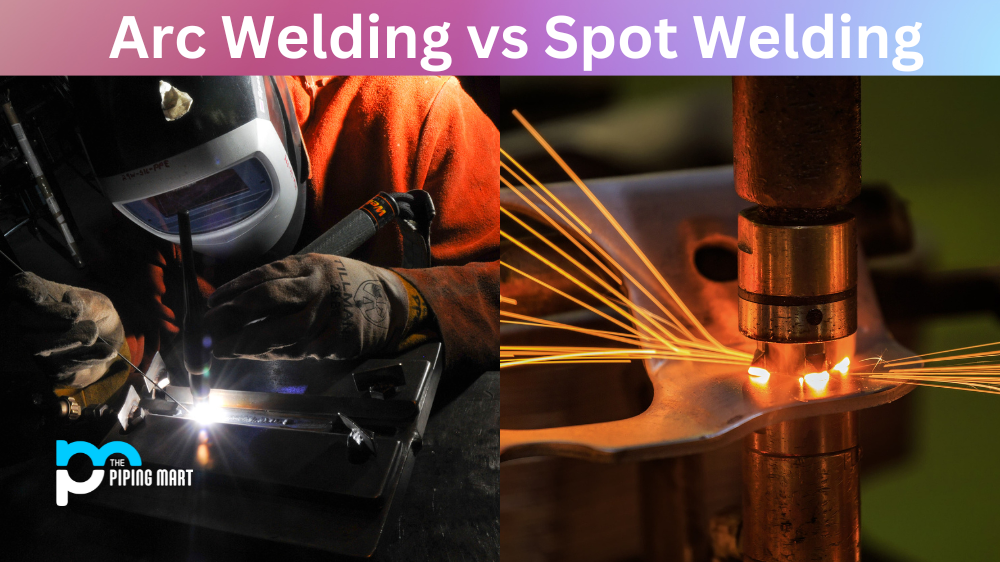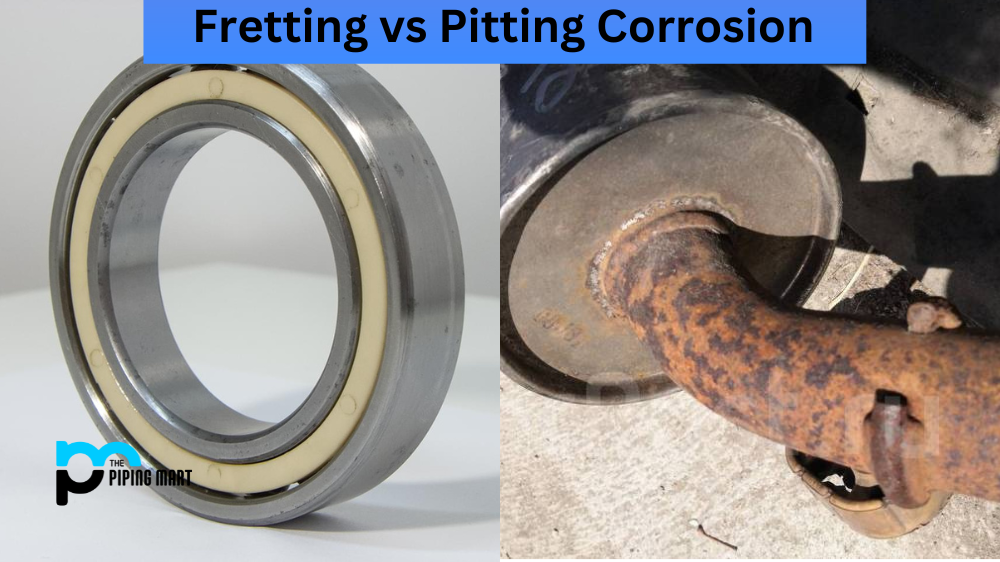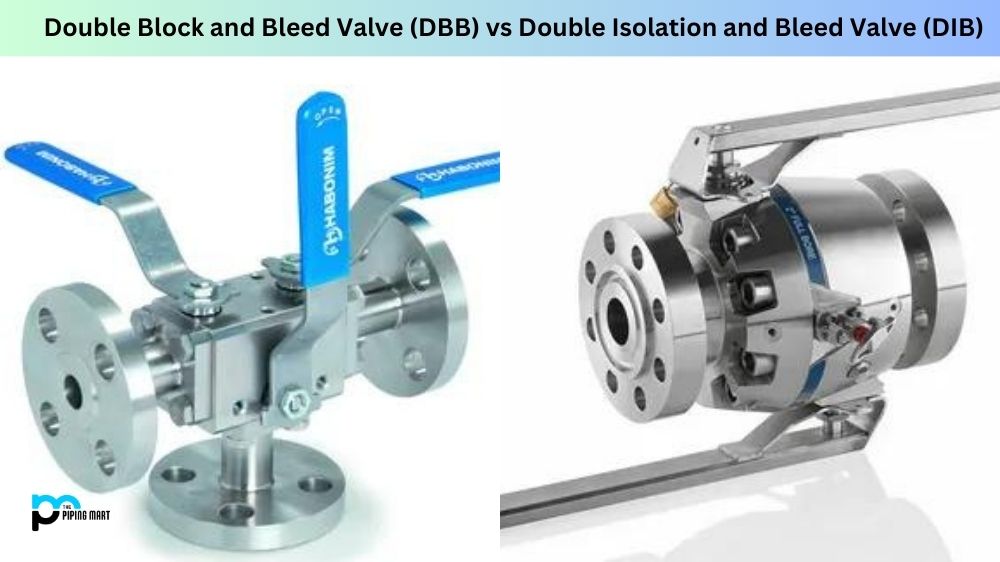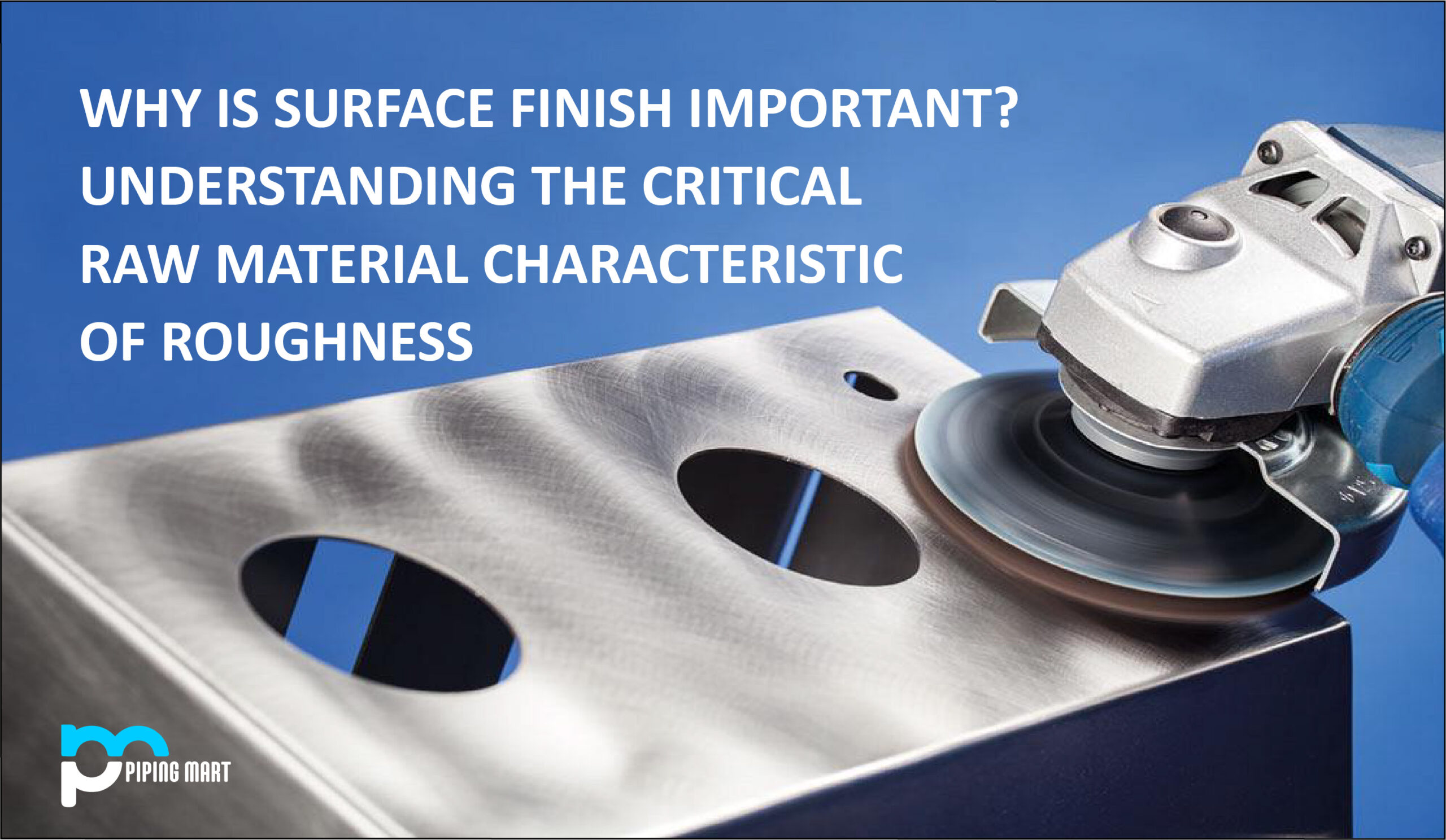Arc welding and spot welding are two popular methods used in the field of metal fabrication. While these processes have similarities, it is important to note that they are also distinct from one another in several ways. In this blog post, we will explore the difference between arc welding and spot welding so that you can determine which option is best for your project.
Arc Welding Basic
Arc welding is a process that joins two pieces of metal together by using electricity to heat them until they reach a melting point. This process uses an electrode, which is made out of either consumable or non-consumable materials like copper, aluminum, steel or tungsten. The electrode releases sparks when it comes into contact with the metals being joined, creating an electric arc that melts the materials together. This method is commonly used for projects such as automotive repair or pipefitting.
Spot Welding Basic
Spot welding is a process in which two pieces of metal are joined together by applying electrical current to them until they reach their melting point. Unlike arc welding, this method does not require any electrodes or arcs; instead, it relies on two electrodes placed on either side of the material being joined to create a continuous circuit through which electrical current flows. As the current passes through the metals, they become hot enough to melt together at specific points known as “spot welds”. This method is commonly used for projects such as car bodywork and HVAC systems.
Difference Between Arc Welding and Spot Welding
Advantages of Arc Welding
One of the most significant benefits of arc welding is that it can be used to fuse different types of metals, including stainless steel, aluminum, and titanium. Additionally, arc welding produces a strong bond that is resistant to high levels of stress and pressure. Another advantage of arc welding is that it can be used on large-scale projects, allowing for the fabrication of even the most complex structures with ease. Finally, arc welding is easy to learn and can be quickly mastered by people with little or no experience in welding. These factors make arc welding an excellent choice for many welding applications.
Advantages of Spot Welding
One advantage of spot welding over arc welding is that it is faster, as only two electrodes are required. Additionally, spot welding can be used in automated production lines, as it does not require as much operator training as arc welding. Additionally, spot welds are typically stronger than arc welds, making them ideal for use in structural applications.
Disadvantages of Arc Welding
One key disadvantage of arc welding is the amount of smoke and fumes that it produces. These can be hazardous to your health and may require a respirator or other safety equipment for protection. Additionally, arc welding is not particularly efficient when it comes to welding thicker metals, as it may take longer to fuse the materials together. Despite these drawbacks, arc welding remains an important technique in the welding world and has been used successfully for generations.
Disadvantages of Spot Welding
One disadvantage of spot welding is that it can only be used on thin materials such as sheet metal. Additionally, spot welds are not as strong as arc welds and are therefore not suitable for use in structural applications. Another disadvantage of spot welding is that it requires special equipment that can be expensive to purchase
Conclusion:
Arc welding and spot welding are both useful techniques used in metal fabrication projects. While these processes share some similarities—both involve heating up metal to its melting point—they also have key differences. Arc welding requires an electrode while spot welding can be done without one; also, arc welders use an electric arc while spot welders use electricity alone to join two pieces of metal together. Ultimately, understanding the difference between these methods can help you decide which one will be best for your next project!

A passionate metal industry expert and blogger. With over 5 years of experience in the field, Palak brings a wealth of knowledge and insight to her writing. Whether discussing the latest trends in the metal industry or sharing tips, she is dedicated to helping others succeed in the metal industry.




